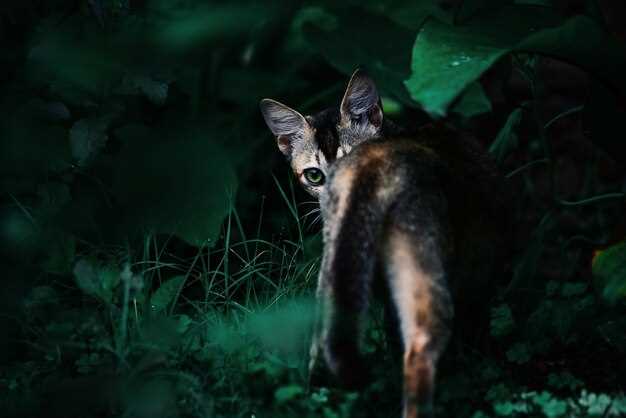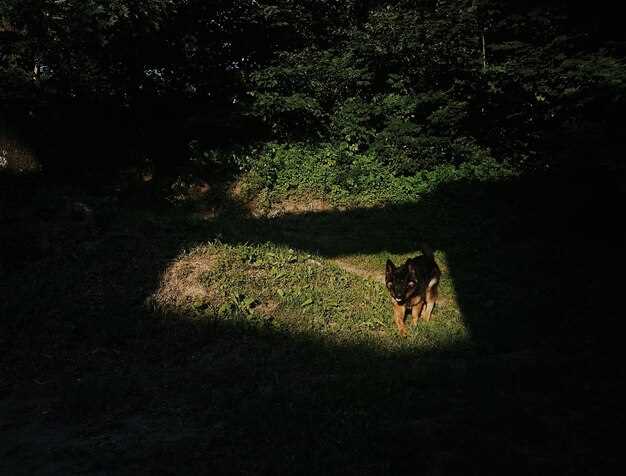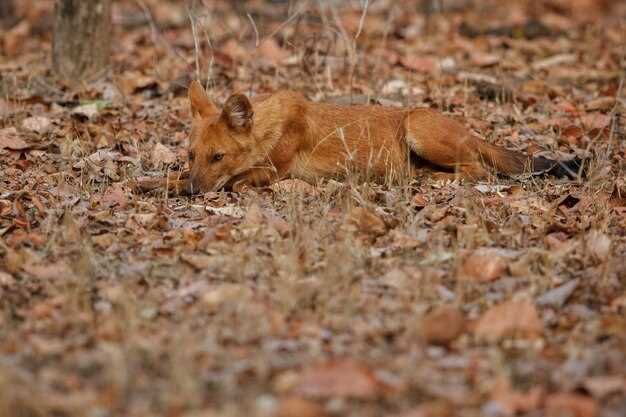Best Night Hunting Strategies for Coyotes

Coyote hunting at night presents a unique set of challenges and opportunities for hunters looking to improve their success rates. The nocturnal habits of coyotes, combined with their keen senses, require a strategic approach that differs significantly from daytime hunting techniques. Understanding the behavior of these elusive predators is crucial for anyone serious about hunting them under the cover of darkness.
Successful night hunting for coyotes relies heavily on effective tactics and careful planning. One of the primary benefits of hunting at night is the reduced visibility for coyotes, which can give hunters an edge. However, this advantage comes hand-in-hand with the necessity of employing stealth and patience. Key strategies involve selecting optimal locations, using the right gear, and mastering vocalizations that mimic the sounds of prey.
Moreover, understanding the environmental factors that influence coyote movement at night can enhance hunting effectiveness. This includes paying attention to moon phases, weather conditions, and the terrain, which all play a significant role in coyote behavior. By leveraging these insights, hunters can devise a plan that maximizes their chances of a successful encounter with these cunning creatures during the night.
Choosing the Right Equipment for Night Coyote Hunting

When it comes to night coyote hunting, selecting the proper equipment is crucial for success. The darkness presents unique challenges and opportunities that require hunters to be well-prepared. First and foremost, a reliable and powerful flashlight is essential. Opt for LED flashlights with adjustable brightness settings and a long battery life to illuminate your surroundings and enhance visibility.
Next, invest in a quality night vision scope or thermal imaging device. These tools allow hunters to detect coyotes in low-light conditions, significantly improving sighting accuracy. Night vision scopes collect ambient light, while thermal devices visualize heat signatures, making them particularly effective for hunting active wildlife at night.
A dependable firearm is also necessary. Choose a rifle that you are comfortable handling during nighttime conditions, ensuring it is equipped with a suitable scope for low light. Using a suppressor can also benefit you by minimizing noise, reducing the chances of startling other nearby animals.
In addition to firearms, a good set of calls designed for night hunting is important. Electronic calls can attract coyotes by mimicking the sounds of their natural prey, enhancing your chances of a successful hunt. Consider using a remote device to avoid revealing your location while calling.
Lastly, don’t overlook the importance of camouflage and proper attire. Wearing dark, non-reflective clothing helps blend into the night environment, while ensuring comfort and flexibility. Keeping warm and dry is paramount, as nighttime temperatures can drop significantly.
By carefully selecting and testing your night coyote hunting equipment, you can maximize your effectiveness and enjoy more rewarding experiences in the field.
Using Calls and Sounds to Attract Coyotes at Night
When it comes to night hunting, effective use of calls and sounds can significantly increase your chances of attracting coyotes. These animals rely heavily on their auditory senses, especially during the dark hours when visibility is limited. Understanding the most effective sounds can make the difference between a successful hunt and an empty night.
The two primary categories of sounds used for attracting coyotes are distress calls and mating vocalizations. Distress calls mimic the sounds of injured prey, which naturally draws coyotes in as they seek an easy meal. Common distress sounds include those resembling small animals like rabbits or rodents, as these are typical prey for coyotes.
Mating calls, on the other hand, can be particularly effective during the breeding season, typically occurring in late winter or early spring. These sounds attract not only male coyotes looking for a mate but also females and other competitors, generating curiosity and drawing them closer to your location.
For night hunting, it’s essential to consider the volume and tone of the calls. Lower frequencies can travel further in open areas, while higher frequencies may be more effective in dense woods or near urban environments. Experimenting with different call types and adjusting your volume based on the terrain can enhance your success.
In addition to electronic calls, hunters can use mouth calls for a more realistic approach. Mastering these calls requires practice and technique to replicate the natural sounds of distressed animals convincingly. Combining different calls at varying intervals keeps the area dynamic and increases the likelihood of drawing in coyotes.
Using sounds in conjunction with proper positioning and scent management can amplify the effectiveness of your night hunting strategies. Always be aware of the wind direction and try to set up downwind of your targeted area to avoid detection. Additionally, remain patient–coyotes may take their time approaching a sound before they reveal themselves.
Understanding Coyote Behavior and Patterns During Night Hunts

Coyotes are highly adaptable predators that exhibit distinct behaviors and patterns during night hunts. Understanding these can significantly enhance hunting success.
Here are key aspects of coyote behavior at night:
- Nocturnal Activity: Coyotes are primarily nocturnal, meaning they are most active during the night. Their keen senses of hearing and smell become heightened in low-light conditions, allowing them to detect prey effectively.
- Territorial Behavior: Coyotes are territorial animals. During night hunts, they often vocalize to establish territory. Understanding their vocalizations can help hunters identify their presence and movements.
- Hunting Strategies: Coyotes typically hunt in pairs or small groups at night. This cooperative behavior increases their chances of catching prey, as they can coordinate attacks.
- Feeding Patterns: Coyotes tend to scour varied terrains during the night, looking for small mammals, birds, and carrion. They may revisit locations known for abundant food sources.
- Utilizing Cover: During night hunts, coyotes often use natural cover, such as brush or tall grass, to stalk prey. They rely on stealth and the element of surprise.
Recognizing these behavioral patterns allows hunters to anticipate coyote movements and develop effective hunting strategies. Here are some strategies to consider:
- Set Up Early: Arrive at the hunting location early to observe coyote paths and behaviors as darkness falls.
- Use Calls Wisely: Employ calls that mimic distressed prey or coyote vocalizations, especially during active periods, to attract them closer.
- Stay Quiet: Minimize noise to avoid alerting coyotes, allowing them to move into shooting range without detecting the hunter.
- Be Patient: Coyotes may take time to approach. Patience is crucial, as they may circle the area before committing to the call.
By understanding coyote behavior and employing these strategies, hunters can improve their chances of success during night hunts.

